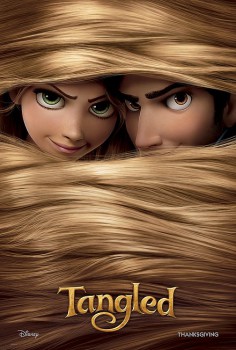 Tangled (2010)
Tangled (2010)
Directed by Nathan Greno and Byron Howard. Featuring the Voices of Mandy Moore, Zachary Levi, Donna Murphy, Brad Garrett, Ron Perelman, Jeffrey Tambor, Richard Kiel.
There are many moments in Disney’s CGI animated film Tangled (out on DVD and Blu-ray this week) where it seems the story is putting itself on a collision course with an ironic, rib-nudging joke about fairy-tale fantasy clichés. For example, young heroine Rapunzel, feeling freedom from her tower prison for the first time, dashes through a forest grove while singing. Suddenly, a flight of bluebirds rush above her head and flit up through a gap in the leaves into an azure sky; Rapunzel gazes at their disappearing flight, enrapt with the metaphor of liberation.
Cue Rapunzel tripping, or a huge bird dropping splatting onto her head, or a helicopter smashing into the birds, or a scratchy needle-drop ripping apart the soundtrack.
But . . . it doesn’t happen!
I think that’s wonderful. Ten years after Shrek came out, Disney Animation has fired back at the “Ironic Fairy-Tale” genre that the DreamWorks hit fostered into a subgenre. Shrek inspired not only three increasingly bad sequels, but also films like Hoodwinked, Happily N’Ever After, and the live-action Ella Enchanted. Shrek itself was something of a personal vendetta from former Disney chairman Jeffrey Katzenberg against his old employer: no chance was passed up to blast away at the Mouse House, often viciously.
It was funny for a time, and if viewers wanted less ironic fare they could at least turn to Disney’s partner Pixar. Disney got back to its classic style with the traditionally animated The Princess and the Frog in 2009, although the script and design updated the fairy tale into the early twentieth century. With Tangled, the company was eager to grab up the Medieval wonderland that had made them famous in the first place and embrace it without any excuses.
Until I saw Tangled, I had no idea how much I had missed the old-fashioned Disney storytelling style. Tangled is an almost-great work. Beautiful to behold, fun to watch, uplifting and exciting. This is the first time that I have seen Walt Disney Animation use CGI in a way that meshes well with their-hand animated films; it’s definitely the best non-Pixar CGI film they have ever released. (What, better than Chicken Little? Yes, I dare say.)
…
Read More Read More
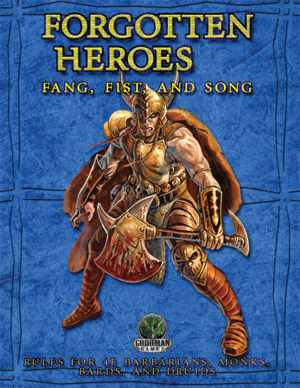 With the release of Dungeons and Dragons 4th edition, there came the opportunity for independent game companies to introduce whole new lines of products that focused on expanding the gaps left in the core materials presented by Wizards of the Coast. In this review from Black Gate #14, I look at supplements from two of these product lines, published by the fine people at Goodman Games, covering various races and character classes.
With the release of Dungeons and Dragons 4th edition, there came the opportunity for independent game companies to introduce whole new lines of products that focused on expanding the gaps left in the core materials presented by Wizards of the Coast. In this review from Black Gate #14, I look at supplements from two of these product lines, published by the fine people at Goodman Games, covering various races and character classes.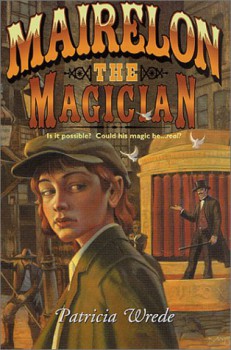
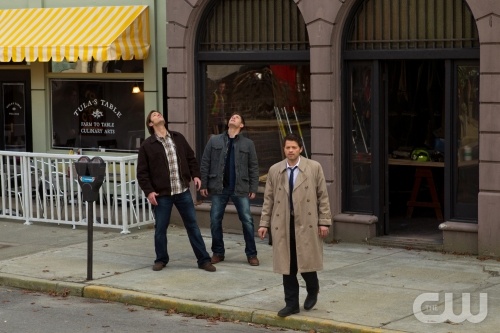
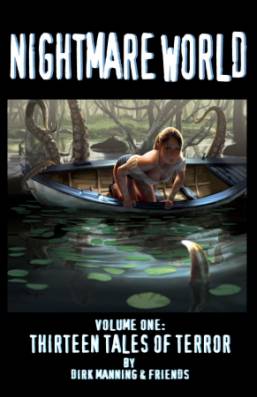
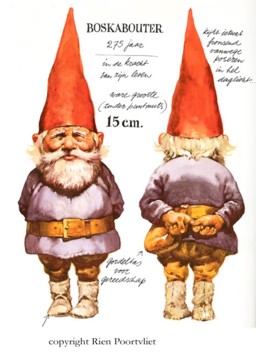 This morning on my walk to work, I spotted a man crossing a lawn. His arms were very full. Of garden gnomes.
This morning on my walk to work, I spotted a man crossing a lawn. His arms were very full. Of garden gnomes. Warning: Some spoilers ahead
Warning: Some spoilers ahead
 I first discovered the Shard RPG at
I first discovered the Shard RPG at  The Secret of NIMH (1982)
The Secret of NIMH (1982) Tangled (2010)
Tangled (2010)